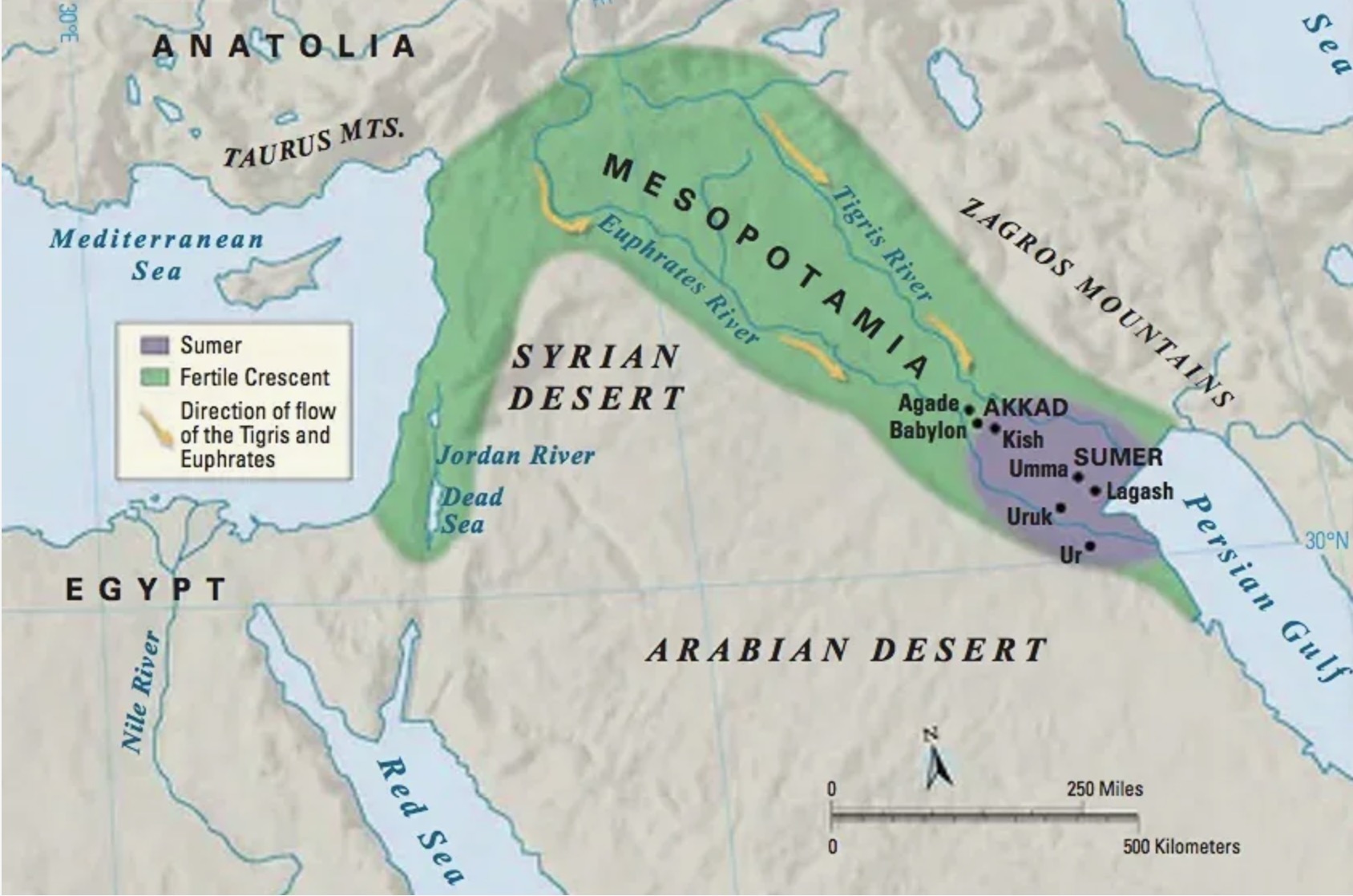The Babylonian Civilization as a Center of Law and Culture
- Подробности
- 670
The Babylonian Civilization is regarded as a major center of law and culture in the Mesopotamian world. Established with its capital at Babylon, it became famous for the Code of Hammurabi, one of the earliest written systems of laws. Babylon also flourished as a hub of learning, literature, and monumental architecture, leaving a lasting legacy on the cultural and legal traditions of the ancient Near East.
The Babylonian Civilization

The Babylonian civilization became one of the most influential stages of Mesopotamian history. Rising to prominence in the 18th century BC under King Hammurabi, Babylon transformed from a small city-state on the Euphrates into the capital of a powerful kingdom that dominated southern Mesopotamia. The very name Babylon, meaning “Gate of the Gods,” symbolized its role as a cultural and political center.
Located in central-southern Mesopotamia, Babylon grew through conquest and diplomacy, eventually uniting much of the region. Its prosperity was based on fertile farmland, trade routes, and a strong administrative system. Babylon became a melting pot of Sumerian and Akkadian traditions, blending older legacies into a new Mesopotamian identity.
One of the Babylonians’ greatest contributions was the Code of Hammurabi, one of the earliest and most complete sets of written laws in human history. Carved on stone stelae, these laws regulated trade, family life, labor, and justice, establishing the principle that the king had a duty to protect the weak and maintain order.
The Babylonians preserved and expanded cuneiform writing, producing texts on mathematics, astronomy, medicine, and literature. They refined the sexagesimal system for calculations, developed detailed calendars, and studied planetary movements. Their religion centered on Marduk, the chief god of Babylon, whose temple and towering ziggurat symbolized the city’s greatness.
Babylon’s cultural prestige continued for centuries, even after political decline. Later empires, such as the Assyrians and Persians, revered Babylon as a sacred city of knowledge, law, and tradition. That is why historians view the Babylonian civilization as a cornerstone of Mesopotamian culture, known above all for its legal, scientific, and religious achievements.
Although Babylon remained a symbol of culture and religion for centuries, its political power gradually declined. After Hammurabi’s death, the kingdom weakened and was eventually conquered by the Hittites and later dominated by the Kassites. Centuries later, under Nebuchadnezzar II, Babylon briefly regained greatness, becoming famous for its monumental walls and legendary Hanging Gardens. Yet repeated struggles with the rising powers of the Near East undermined its independence. In 539 BC Babylon fell to Cyrus the Great of Persia, losing its sovereignty but retaining its prestige as a spiritual and cultural center. Thus, while Babylon ceased to be a political empire, its legacy as a beacon of law, science, and religion endured throughout antiquity.
LISTEN TO THE TEXT





 Как правильно изучать английский язык по карточкам (статьи)
Как правильно изучать английский язык по карточкам (статьи)